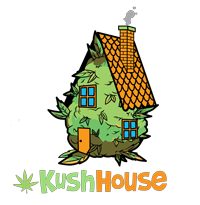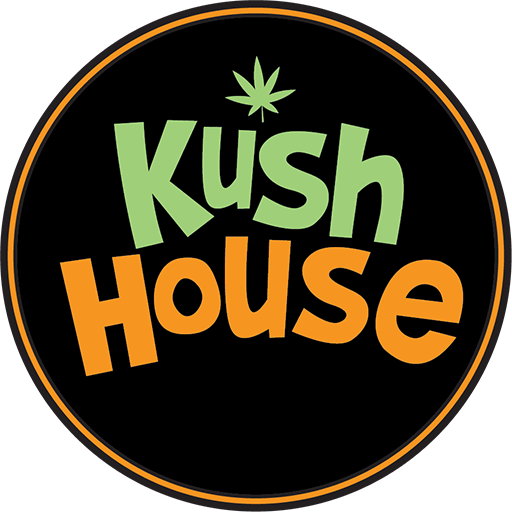What Does It Take To Become A TTM Doctor?

Do you want to become a TTM doctor? TTM (Traditional Thai Medicine) is a system of methods and practices that have been passed down through generations.
While there has always been a strong emphasis on this form of treatment within Thailand it is now gaining increased interest from the western world and in particular, from those who have a serious interest in effective natural healing methods.
Below we will take a look at the basis of TTM. This detail is intended for those who are interested in becoming a TTM doctor and to help them understand what being a qualified TTM practitioner involves.
The 4 elements of TTM
TTM classifies the body’s composition into 4 elements. These are the Earth element (Pathavi dhatu), the Water element (Apo dhatu), the Wind element (Vayo dhatu), and the Fire element (Techo dhatu).
With that, each element has sub-components as follows:
Earth element (Pathavi dhatu)
The earth element comprises 20 components. These are the hair, body hair, nails, teeth, skin, tendon, muscle, bone, bone tissue, liver, lungs, kidneys, fascia, heart, spleen, large intestines (stomach and large intestines), small intestines, utariyan (classed as new or undigested food in the stomach and duodenum) grisan (classed as old food or completely digested food in the large intestine, and the brain.
Water element (Apo dhatu)
The water element comprises 12 components which are the blood, lymph, solid fat, liquid fat, joint lubrication liquid, bile (within and outside of the gallbladder), saliva, sweat, nasal liquid, phlegm, tears, and urine.
Wind element (Vayo dhatu)
The wind element comprises 6 types. The Athokamavata moves upwards from the toes to the head. Uthankamavata that moves down from the head to the toes. Gothasayavata which is in the stomach, large intestines, and small intestines. Guchisayavata which is outside of the gastrointestinal tract. Unkamankanusarivata is in the heart and circulatory system and Assasa-passasavata, is the act of inhalation and exhalation.
Fire element (Techo dhatu)
The fire element comprises 4 components. The Santappachi is the fire that keeps the body warm, Parutaiachi governs human response in relation to temperature, Shiranachi causes aging, and Parinamachi relates to food digestion.
The 3 Stages of Human Life (Aryu Samuthan)
TTM divides human life into 3 defined stages. These are:
The first stage – 0-15 years old
This is the first classified stage of human life and ailments in this age group come under the basis of semha. Treatment consists of herbs that are sweet and bitter-sour in nature.
Just some examples of sweet herbs used in treatments are Glycyrrhiza glabra, Asparagus racemosus root, Abrus precatorius leaf, Saccharum officinarum, and honey.
When it comes to the bitter-sour herbs, examples are Terminalia bellerica fruit, Terminalia chebula fruit, Phyllanthus emblica fruit, Mangifera indica leaf, and Acalypha indica leaf.
The second stage – 16-30 years old
Classified as the second stage of life, treatment for ailments in this age group comes under the pitta basis. This means herbal treatments are classed as puckery-sour and salty-sour in nature.
Just some examples of puckery-sour herbs are Tribulus Terrestris, Phyllanthus acidus leaf, Spondias pinnata leaf, Ziziphus mauritiana bark, Anacardium occidentale leaf, Bauhinia variegata bark, and, Embelia ribes leaf.
When it comes to salty-sour herbs, examples are Citrus hystrix leaf, Tamarindus indicus seed, Solanum stramonifolium fruit, Phyllanthus acidus root, Psidium guajava root, Citrus hystrix leaf, Spondias pinnata root, Bouea macrophylla root, and Atalantia monophylla root.
The third stage – 30 years onwards
TTM classifies this as the final period of life. Treatment for ailments in this age group come under the vata basis. Herbs used in this treatment are classed in the fatty-bitter and puckery-salty categories.
Again, some examples of fatty-bitter herbs are Zingiber cassumunar rhizome, Plumbago indica root, Cinnamomum porrectum heartwood, Curcuma aromatica rhizome, and Bridelia ovata leaf.
As for puckery-salty herbs, some common examples are Acorus calamus, Crateva religiosa bark, Echinochloa stagnina, Leersia hexandra, Cynodon dactylon, Digitaria violascens, Hygrophila erecta seed, and, Connarus chochinchinesis vine.
Seasons (Ritus) of the Year
Thailand has 3 Ritus (seasons). These are the Summer, Rainy, and Winter seasons. The classification of these seasons in a year differs from the western calendar months because they follow the Lunar month calendar.
This means that December is considered to be the first month with November considered to be the last month of the year. The beginning of each season is also dependent on the position of the moon.
The summer season (Kimhanta ritu)
The summer (Kimhanta ritu) season begins from the first waning moon of the fourth month (March) until the 15th waxing moon of the eighth month (July). During this period the weather conditions are hot and damp.
It is during the summer period that people will suffer from ailments classed as being in the Mahabhutarupa (the techo dhatu) category.
The rainy season ( Wasanta ritu)
The rainy season begins from the first waning moon of the eighth month (July) until the 15th waxing moon of the twelfth month (November). During this season the weather is cool and damp and people will suffer from ailments classed as being in the Mahabhutarupa (the vayo dhatu) category.
The winter season (Hemanta ritu)
The rainy season begins from the first waning moon of the twelfth month (November) until the 15th waxing moon of the fourth month (March). During this period the weather is cold and dry. As a result, people will suffer from ailments in the Mahabhutarupa (the apo dhatu category).
Hours of the day (Kalasamuthan)
The 24 hours of each day are divided into 12 hours by day and 12 hours by night. During the day and the night, there are 4 hours per period making a total of 3 periods per day and night.
This principle is applied to patients with critical conditions and relates to the Tridosha principle (Vata, Pitta, Semba, or Kapha).
Concerning treatment and care during these 24 hours, it is broken down as follows:
- The first period of the day (06.00-10.00hrs) and the night period between (18.00-22.00hrs) concentrate on the semha (Kapha) system of treatment.
- The second period of the day (10.00-14.00hrs) and the night period (23.00-02.00hrs) concentrate on the pitta system of treatment.
- The third period of the day (14.00-18.00hrs) and the night period (02.00-06.00hrs concentrates on the vata system of treatment.
To Become a TTM Doctor a Deep Understanding is Required
The above detail is intended to give those interested in traditional Thai medicine a base overview of what TTM is all about. However, it is clear that anyone interested in becoming a qualified TTM practitioner needs much more.
As well as immersing yourself in Thai culture and being proficient in the Thai language there is a long, but highly rewarding learning curve.
This will require an in-depth understanding of each element mentioned above, extensive knowledge of natural plants and herbs, and how they blend effectively together to produce the most effective treatment for the ailment being attended to.
You will also benefit from, and embrace the fact that TTM is a mixture of many elements that includes spiritual beliefs and practices, herbalism, massage, and meditation to achieve mind-body accord.
Are you Ready to Become a TTM Doctor?
While there are courses that can take 4 years of study for students to qualify as applied Thai Traditional Medicine practitioners, there is also the option to work and study under a highly experienced TTM doctor. This latter route can last for many years as you gain and expand your knowledge of these powerful and effective natural treatments.
The latter opportunity gives those interested in qualifying as a TTM doctor real-life experience and insight into the medicinal knowledge and treatments that have been passed down from generation to generation.
Whichever route you decide on to become a TTM doctor, one thing is certain. This natural treatment methodology is highly rewarding both in spirit and in the provision of medical assistance for patients in need.
If you would like to read more insightful cannabis articles please click here.

